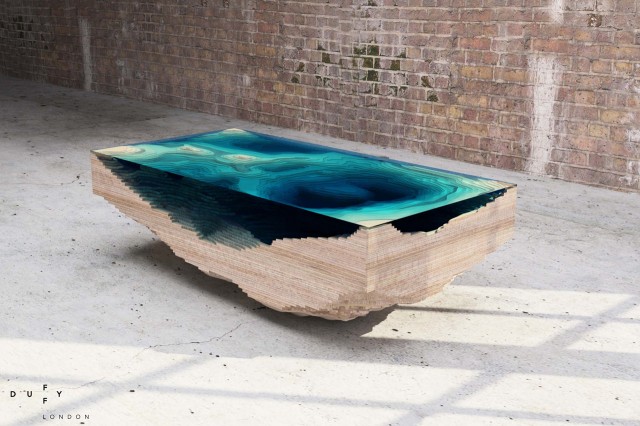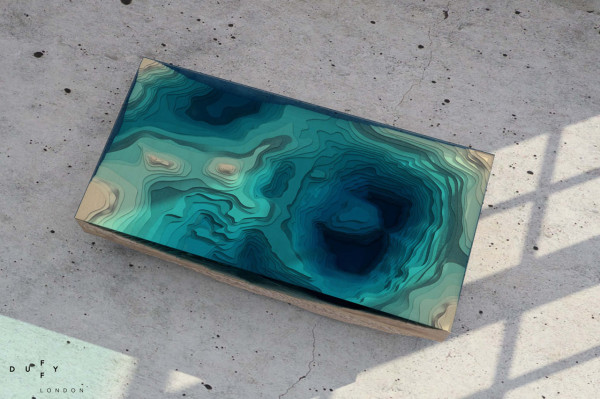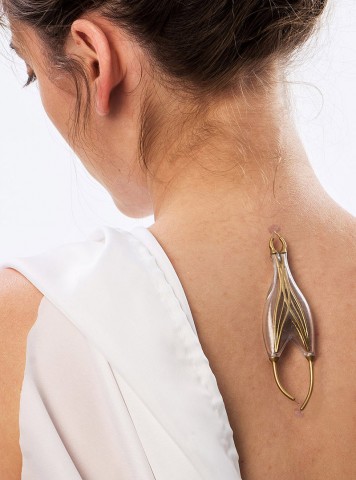AAW-Looking Outwards-1
Yoshi Sodeoka’s 13 Compositions
This project is a series of colorful gifs that are presented on a website as moving paintings in a gallery. It appears that the artist programed colors to create forms and move around in a restricted space. I was drawn to this piece because of the colors and the juxtaposition of the organic movements with the technical aesthetics. The one draw back of this piece is that it can only be viewed from a computer even though it is trying to give the illusion of a gallery on the screen. Therefore I’m a little confused as to whether the artist intended it to be in a gallery or not.
Daniel Rozin’s Mirrors
This project is series of interactive sculptures, made of various materials like wood, fans, plastic, etc, that move when a viewer engages wight he piece. It uses video cameras, motors and computers on board to move the components in order to reflect the viewer. I like this project because of its aesthetically pleasing minimalist and geometric design. I also enjoy how the piece interoperates movement and abstracts it. One critique I have about this piece is that I am not quite sure why one of the materials is fans. I guess it has some cultural reference behind it.
Waterfall
This project has an unknown artist associated with it. This project is a gif that has been coded to move several parallel horizontal lines slightly to create the illusion of vertical waterline movement. I found this the most beautiful thing because of how subtle the changes were in each individual line. It is kind of like a white on white painting. It is difficult to interoperate up close but the overall subtleties had the biggest impact on the overall image. I guess one critique is that is is so simple. It;s just lines moving.



